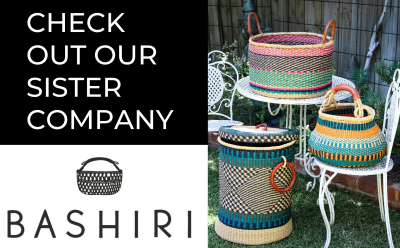
Some of you may not know that we make our Handpans ourselves. In fact 90% of the instruments that we sell are made by us. These Handpans are similar to the hang drums from Switzerland and they are made in our factory in Bali, Indonesia. We have been making these handpan drums for 15 years.
Here’s a look into this process…
How long does it take?
Each instrument takes about three to four weeks to build, polish, tune and perfect. They are made from raw/regular steel, nitrided steel or stainless steel in varying thicknesses and qualities and consist of two convex (domed) shells glued together.
How many steps are there in the process?
There are several steps in handpan manufacturing.
– We start with flat steel sheeting, which gets bent into a dome shape using hand hammering or water pressure techniques.
– The next step is to gas nitride the steel sheet.
90% of our handpans use a Nitrided process. A nitrided handpan is comprised of low-carbon steel that has been hardened through an industrial heat-treating process. This process changes the physical properties of the steel itself, making it more rust-resistant and physically harder.
– Then it’s time to give your handpan it’s tuning and allocate notes to the tone field of the pan. Notes are generally evenly spaced around the top dome of the pan (and sometimes the underside too)
– Before we tune the pan it’s important to stress the metal around each tone field using heat compression so that the structure stabilises.
– Tuning the pan is the real art of handpan construction and can take several weeks – Notes get dimpled around the dome of the handpan using a hand (or pneumatic) hammer. A hammer is also used to flatten the area around each dimple. Each note consists of 3 elements – the note itself, it’s octave and a third overtone. The top apex note is called the “ding”
– The next step involved gluing the two domes together
– Once the two domes are connected it’s time to do the final tuning which can take a few more weeks as the metal finds it’s natural equilibrium and settles in.
Once the handpan instrument is polished and tuned, it then makes its way from our factory in Bali to our store in Melbourne, Australia and then finally into the arms of a happy handpan player!

Fun Fact:
There are two common styles of handpans – Nitrided and Stainless. Deciding which of these materials you want your handpan to be made from ultimately depends on your needs and uses.
They If you are planning to play mainly outdoors then a nitrided handpan is the way to go. Nitrided hanpans are great for percussive playing or for playing melodies with clear, compact and defined sound, without notes merging together.
If you are planning to play mostly at home or at concerts then we recommend going for a stainless steel handpan, which give a full bodied sound experience. Stainless handpans tend to have longer sustains, brighter, louder and more open notes and a bigger dynamic range.
If you would like to see our handpans up close, why not pop into our store in St Kilda. Whilst you’re here you can peruse our wide selection of djembes, duns, bougarabous and so many more West African drums, hand percussion, tuned percussion, sound healing instruments and African imports.
If you aren’t able to visit us in person, that’s ok! We have videos of all of our handpans being played, so you can hear these drums in action and compare between them. Start browsing here.
You we also suggest you read our guide: How To Choose a Handpan.


